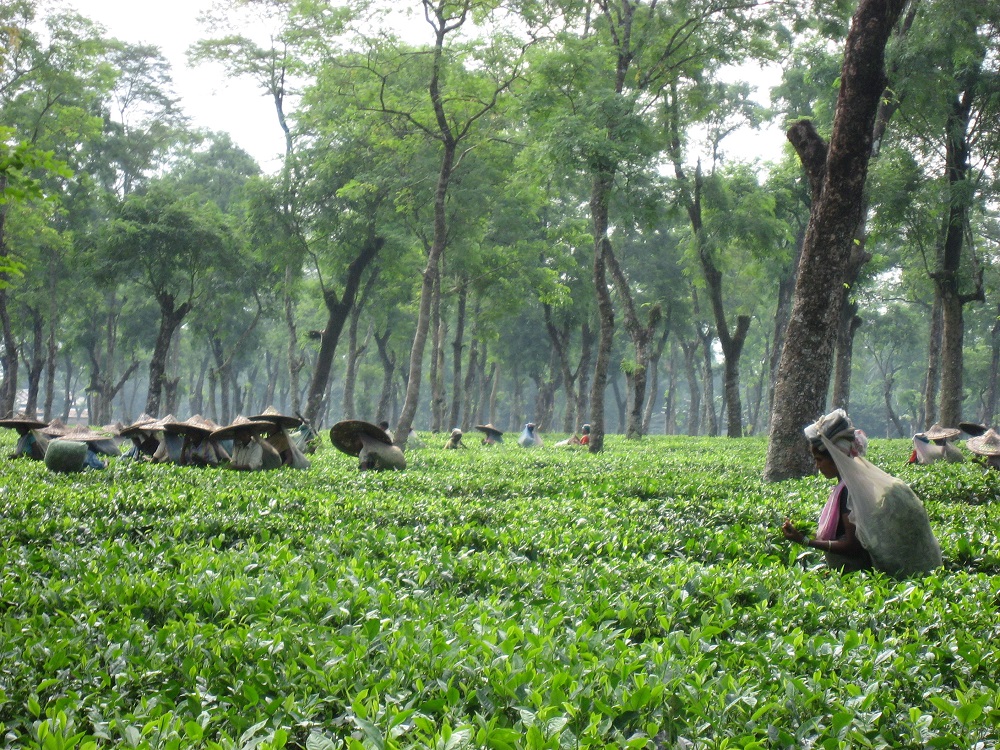Did You Know India Once Had 2 Time Zones? Here’s Why the Northeast Wants One of Its Own
For over a century, India has observed a single time zone. Due to the sheer size of the country, this has significant impacts on some of India's states, particularity in the Northeast.

The Gauhati High Court has dismissed a PIL seeking a direction from the Central government to notify a separate time zone for the Northeast, once again bringing focus on the northeast’s continuing plight to be granted it’s own timezone.
Speaking to the Hindustan Times, Arunachal Pradesh’s chief minister, Pema Khandu remarked on the issue, “We get up as early as 4am…Several daylight hours are wasted as government offices open only at 10am and close at 4pm.”
The Northeast have long complained about the effect of a single time zone on their lives and their economies, and have pressured India’s central government numerous time to pursue an alternative.
All attempts until date have been unsuccessful.

India currently has just one time zone, the Indian Standard Time (IST), which has been observed for over a century. It used to have two time zones though, Bombay Time and Calcutta Time, first established in 1884 during the British Raj. These time zones took precedence because of the two cities’ importance as commercial and economic hubs.
Due to it’s sheer scale however, India, realistically, could have as many as three time zones (it’s western and eastern borders are some 2,000 km apart.) It chooses however, for mostly economical and political reasons, to have just one.
Consequently, India receives criticism, mostly from states most impacted by this decision who frequently call for this to be rectified, requesting for a dual time zone to come into effect.
You may also like: #TravelTales: 7 Epic Road Trips in North East India That Will Satisfy Your Wanderlust
India’s time meridian passes through Allahabad in Uttar Pradesh, roughly halfway between the country’s westernmost and easternmost points. The time difference between these two point is just short of two hours so the sun rises and sets much earlier on the eastern side than it does on the western side.
Due to this, states in the East encounter a number of social and economic problems.

During the winter months for example, the sun sets in the North-east as early as 4pm. This early onset of darkness brings with it a number of problems, including impacts on productivity and increased electricity usage, driving costs for locals. It is often cited that a different time zone for the North-east could save millions of units of electricity and alleviate the problems in the states. A study conducted by professors. D.P. Sengupta, and Dilip Ahuja of the National Institute of Advanced Studies supports this as it claims that advancing IST by just a half hour would result in saving 2.7 billion units of electricity every year.
In 2006, India’s federal planning commission recommended the division of the country into two time zones, however no action was taken. Then, in January 2014, the then Assam Chief Minister Tarun Gogoi, independently decided that Assam would follow ChaiBagaan time, or tea garden time, and ordered the state to set its clocks an hour ahead of the rest of the country. This, however, had no lasting results.
India’s central government is keen to retain one time zone for safety issues and to prevent confusion, specifically in regards to railway operations and flights. Furthermore, there are concerns that introducing a new time zone to the northeast will force political and social divisions between the northeast and the rest of the country.
In a country where many people are still without electricity however, even just two extra hours of daylight could mean all the difference.
Like this story? Or have something to share? Write to us: [email protected], or connect with us on Facebook and Twitter.
NEW: Click here to get positive news on WhatsApp!
If you found our stories insightful, informative, or even just enjoyable, we invite you to consider making a voluntary payment to support the work we do at The Better India. Your contribution helps us continue producing quality content that educates, inspires, and drives positive change.
Choose one of the payment options below for your contribution-
By paying for the stories you value, you directly contribute to sustaining our efforts focused on making a difference in the world. Together, let’s ensure that impactful stories continue to be told and shared, enriching lives and communities alike.
Thank you for your support. Here are some frequently asked questions you might find helpful to know why you are contributing?


This story made me
-
97
-
121
-
89
-
167











